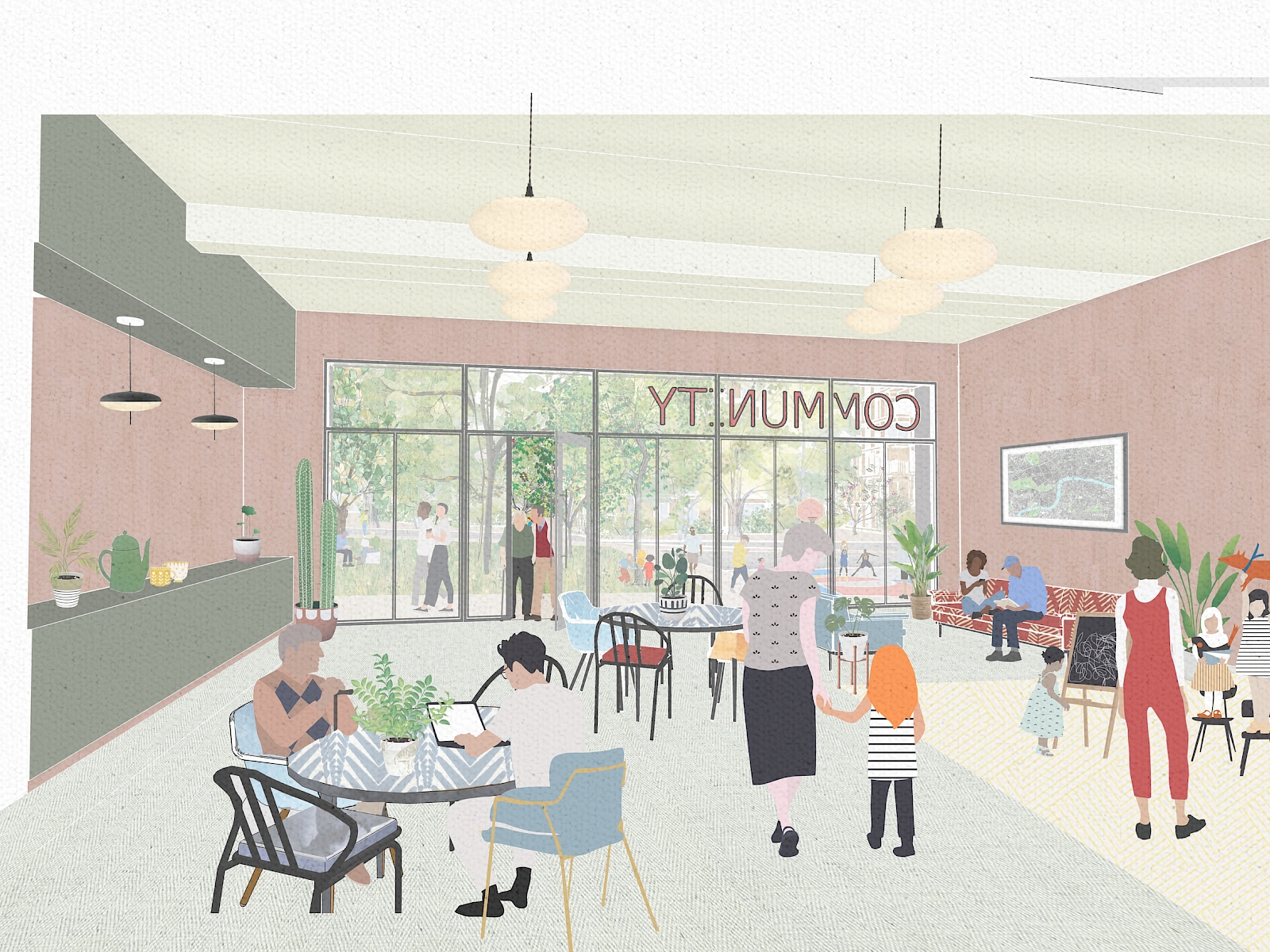Ballot boost for Pollard Thomas Edwards estate regeneration

The Barnsbury Estate masterplan by Pollard Thomas Edwards has been approved by residents in a ballot that returned a 73 per cent yes vote.
It means the vast housing estate near Kings Cross will see the 275 homes in ‘30s-built red brick mansion blocks of ‘Old Barnsbury’ fully refurbished. In addition, 351 post-war ‘New’ Barnsbury homes – in a range of buildings from the ‘50s and ‘60s will be redeveloped providing existing residents with new homes. A further 550-600 new homes will be delivered within the masterplan. Every new home will have their own private outdoor space and access to communal resident courtyards.
The Newlon Housing Trust and Mount Anvil project aims to deliver 50% affordable housing across the estate including social rent and intermediate housing with the mix of homes to include one and two beds, family homes, and wheelchair adaptable homes. The range of home types have been informed by the needs of existing residents.
Working in collaboration with Farrer Huxley landscape architects, three new green public spaces are planned – Pultney Park, the Community Hub Park and the Canal Play and Nature Trail – accessible to everyone on the estate. These will include formal and informal play and recreation spaces, outdoor gym equipment, growing areas and seating throughout. The masterplan also includes new walking routes through the estate, new lighting for all outdoor areas and a new community centre.
PTE partner Tricia Patel said: “We are delighted that Barnsbury residents have backed the transformation of their homes and neighbourhood. It has been a pleasure collaborating with them to develop a masterplan that has been shaped by their needs and aspirations.”
PTE was tasked with transforming the entirety of the estate, repairing and enhancing the existing homes of Old Barnsbury, and developing a masterplan for the transformation of New Barnsbury. “Our idea centres upon creating new homes that speak to their older but newly improved siblings. This is how we see the estate: as a family of buildings in conversation with each other and the streets and landscapes in which they sit,” said PTE associate Warrick Thomas.
The designs include several house types including mews homes and mansion blocks and terraces which face onto lanes and squares. All new homes will draw upon the existing architecture and details: the expressionist brick work, the notable rooflines, the old street signs. Along with new streets and squares – some reinstating old routes that once crossed this part of the city – new buildings will be woven confidently into the estate to exude the feeling of having always belonged.
Work will begin towards the end of next year with a final phase completion date set for 2032.






